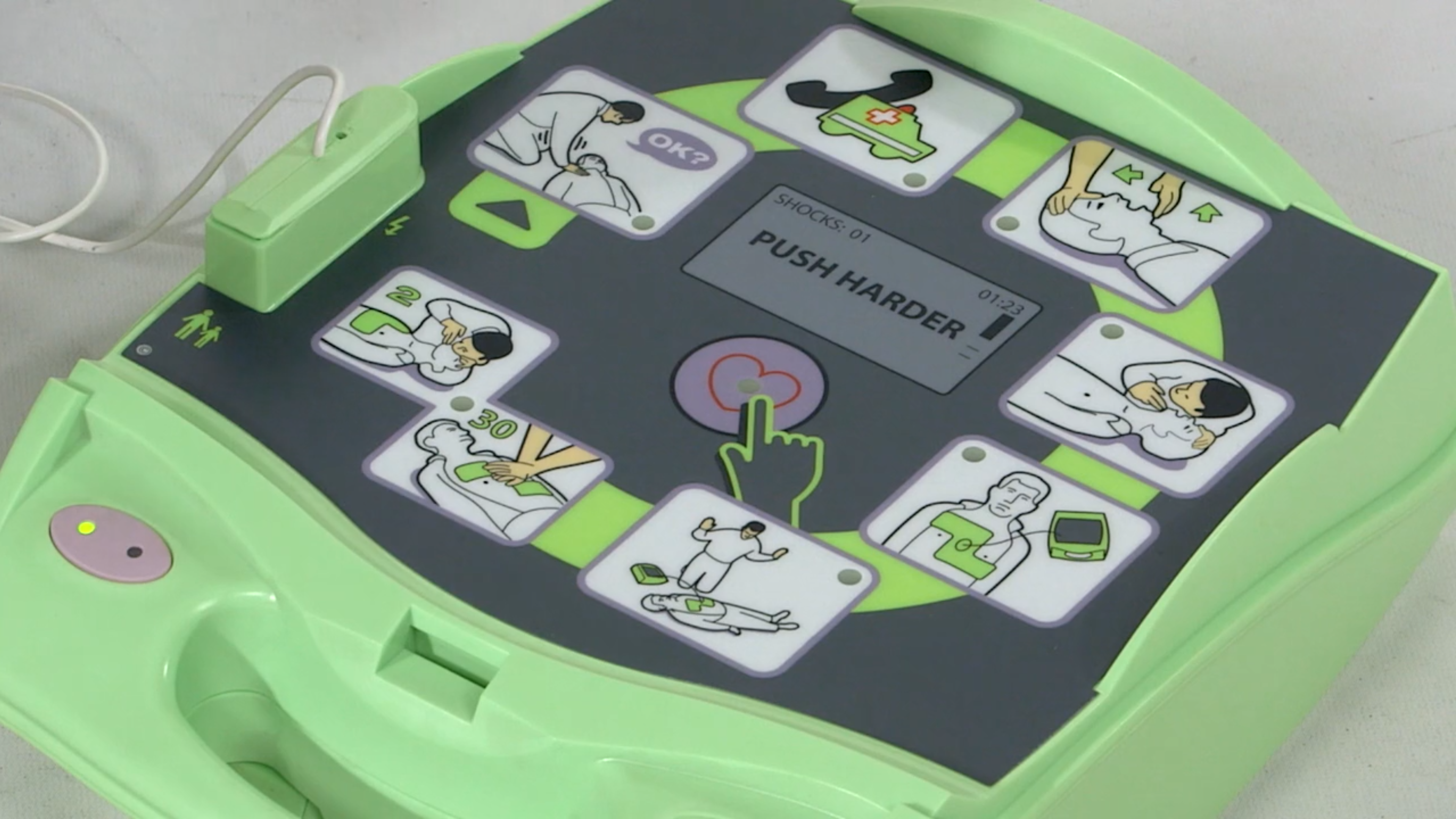How To Use An AED Device

Automated external defibrillators, otherwise known as AEDs can help save lives during sudden cardiac arrest with the proper safety training.
However, even after safety training, remembering the steps to use an AED the right way can be difficult.
These AED steps should be used when caring for a non-breathing child aged 8 or older who weighs more than 55 pounds, or an adult.
After checking the scene and ensuring that the person needs help, you should ask a bystander to call 911 for help, then:
- Turn on the AED and follow the visual and/or audio prompts.
- Open the person's shirt and wipe his or her bare chest dry. If the person is wearing any medication patches, you should use a gloved (if possible) hand to remove the patches before wiping the person's chest.
- Attach the AED pads, and plug in the connector (if necessary).
- Make sure no one is, including you, is touching the person. Tell everyone to "stand clear."
- Push the "analyze" button (if necessary) and allow the AED to analyze the person's heart rhythm.
- If the AED recommends that you deliver a shock to the person, make sure that no one, including you, is touching the person – and tell everyone to "stand clear." Once clear, press the "shock" button.
- Begin CPR after delivering the shock. Or, if no shock is advised, begin CPR. Perform 2 minutes (about 5 cycles) of CPR and continue to follow the AED's prompts. If you notice obvious signs of life, discontinue CPR and monitor breathing for any changes in condition.
Practice with this device and try to become as familiar as possible, so if a time presents itself during an emergency, you’re ready.
Until next time, stay positive and stay safe.
